Snow Leopard: The Ghost of the Mountains

Imagine a cat that can survive in temperatures dropping to -40°F while hunting on cliffs most humans couldn’t even climb. The snow leopard’s massive paws work like natural snowshoes, spreading their weight across deep snow. Their incredibly thick tail isn’t just for balance – it doubles as a warm blanket they wrap around their face while sleeping. These magnificent cats can leap up to 50 feet in a single bound, making them the ultimate mountain athletes. With only around 4,000 left in the wild, spotting one is rarer than finding a needle in a haystack.
Siberian Tiger: The Heavyweight Champion of Ice
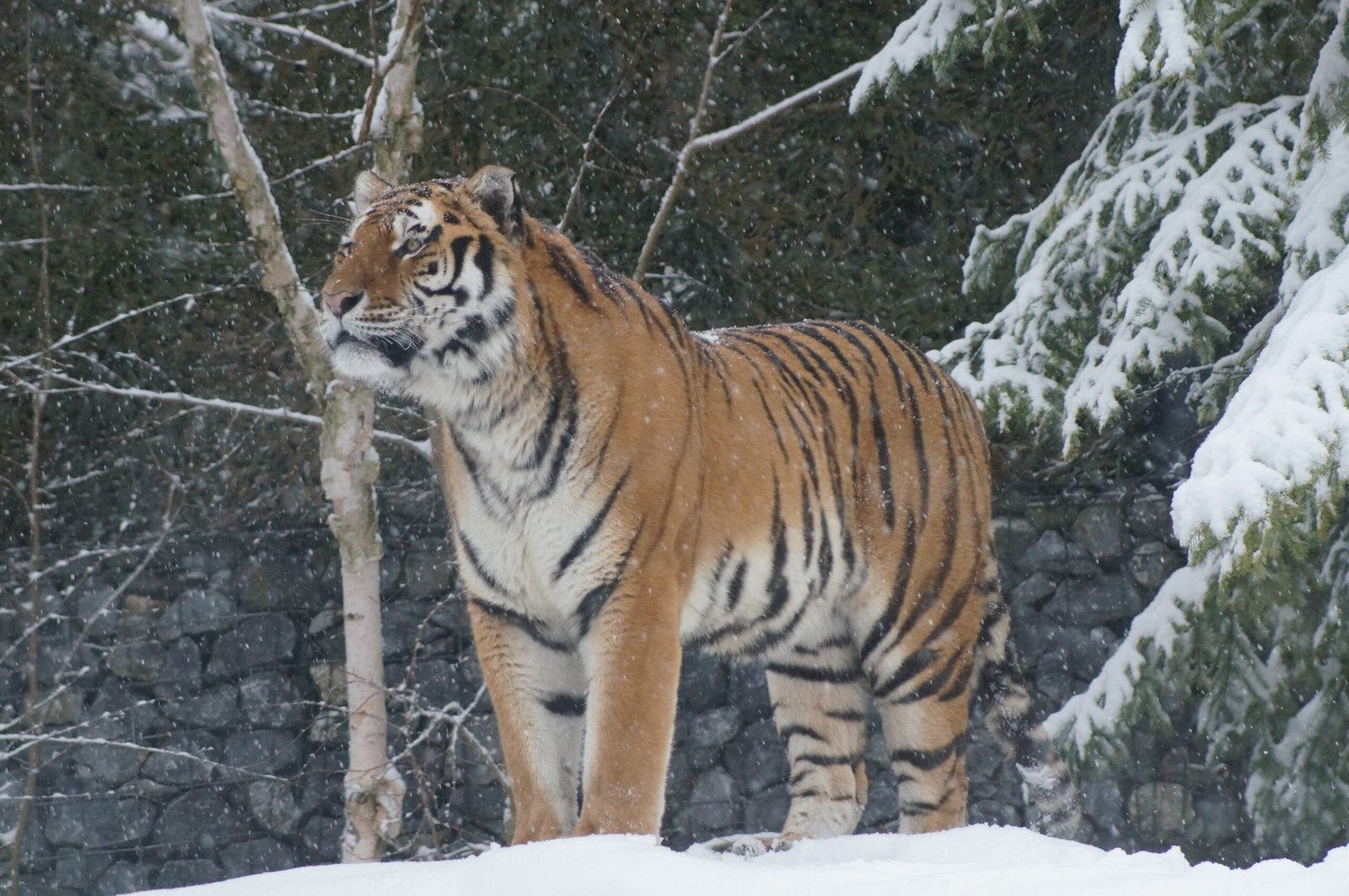
Picture the largest cat in the world trudging through snow that reaches up to their belly – that’s your typical day for a Siberian tiger. These incredible hunters have developed a winter coat so thick it’s like wearing a built-in sleeping bag everywhere they go. Their paws are enormous, acting like natural snow boots that help them walk on top of frozen surfaces. When temperatures plummet to -22°F, they barely break a sweat. A single Siberian tiger needs territory the size of a small country to find enough food, sometimes traveling 20 miles in one night just to hunt.
Canadian Lynx: The Snowshoe Specialist
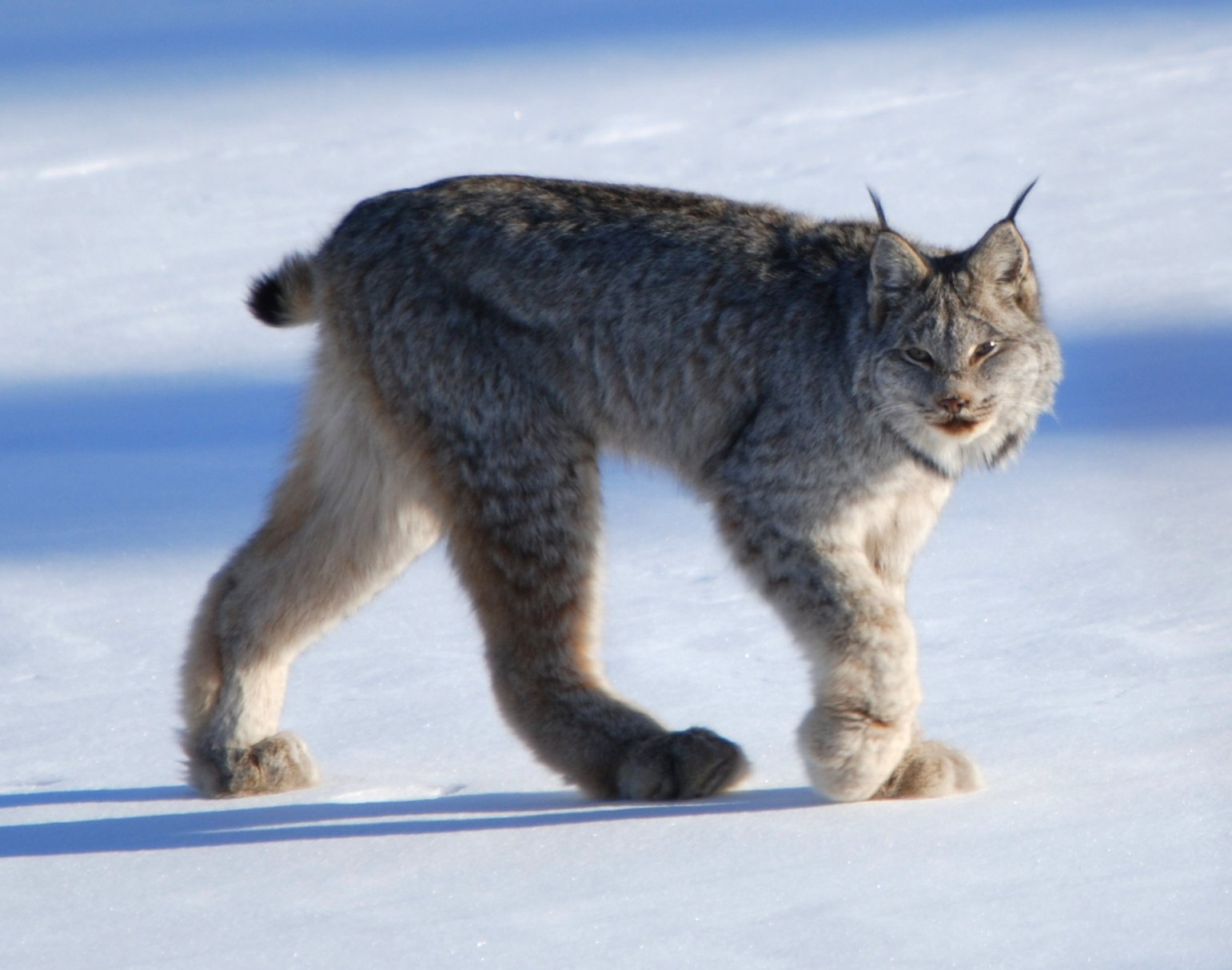
Think of the Canadian lynx as nature’s version of someone wearing oversized winter boots – but way cooler. Their paws are so large they can walk on top of snow that would trap other animals knee-deep. Those iconic ear tufts aren’t just for show; they help amplify sound so they can hear a mouse moving under two feet of snow. During harsh winters, these cats can go weeks without food, relying on their incredible patience and stealth. Their thick, silvery coat changes with the seasons, becoming almost ghostly white in winter months.
Pallas’s Cat: The Fluffiest Grump
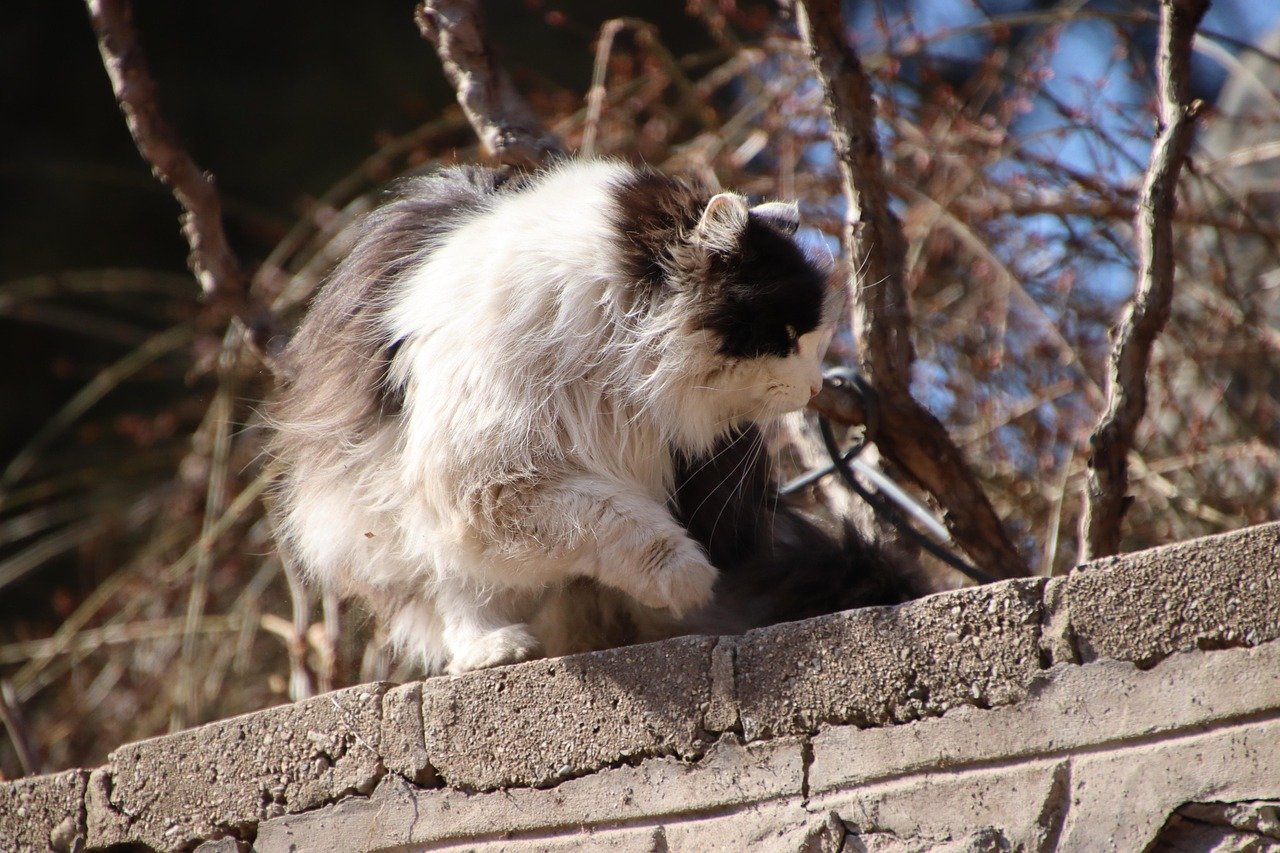
If you’ve ever seen a photo of a Pallas’s cat, you know they always look perpetually annoyed – and honestly, living in freezing temperatures might explain that expression. These small wild cats have the longest fur of any feline, with hair so dense it makes them look twice their actual size. They’re basically the teddy bears of the cat world, but with serious survival skills in temperatures that would make most creatures flee. Their round pupils are unique among small cats, giving them an almost owl-like appearance. When threatened, they flatten themselves so completely against rocks they practically disappear.
Eurasian Lynx: The Silent Stalker
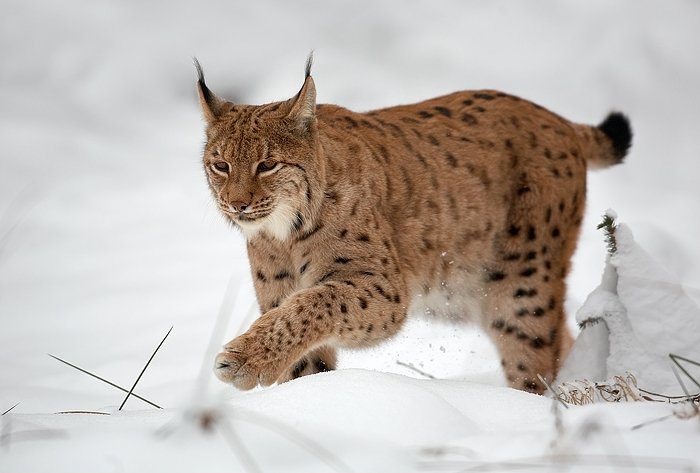
The Eurasian lynx is like a ninja that decided to specialize in snow warfare. These cats can hear a heartbeat from incredible distances, making them deadly efficient hunters even in complete darkness. Their huge paws distribute weight so evenly they leave barely any tracks in fresh snow. During the coldest months, they’ve been spotted hunting successfully in temperatures that would shut down entire cities. Their yellowish coat with dark spots provides perfect camouflage against the dappled light filtering through snow-covered trees.
Amur Leopard: The Rarest Ice Survivor
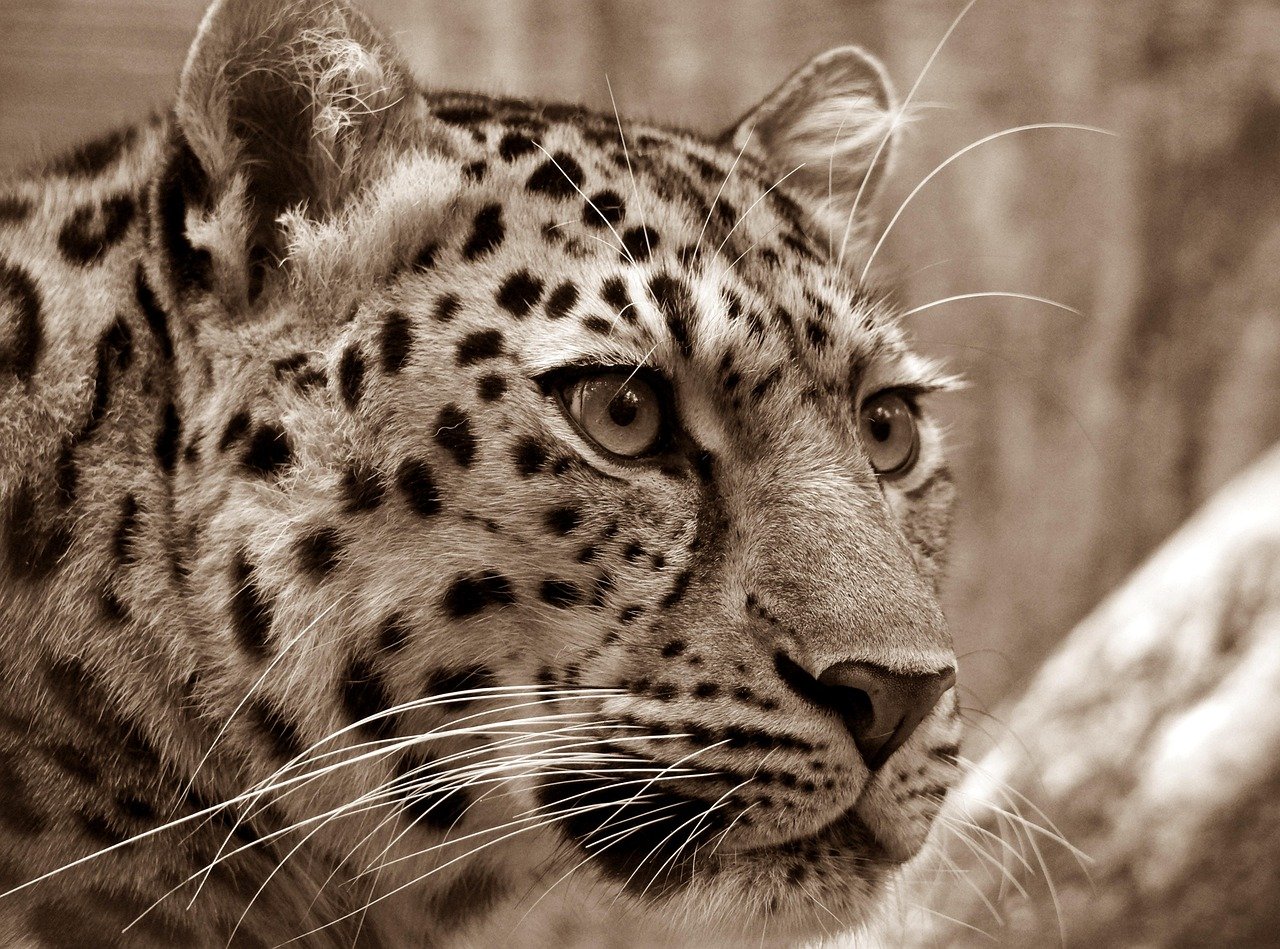
With fewer than 200 individuals left in the wild, the Amur leopard is rarer than a perfectly timed green light during rush hour. These incredible cats survive Russian winters where temperatures regularly drop below -25°F. Their coat becomes incredibly thick in winter, almost doubling in density to create natural insulation. Unlike their tropical cousins, Amur leopards have developed shorter legs and larger paws for navigating deep snow. Each leopard has a completely unique rosette pattern, making them as individual as human fingerprints.
Sand Cat: The Desert’s Cold-Weather Surprise
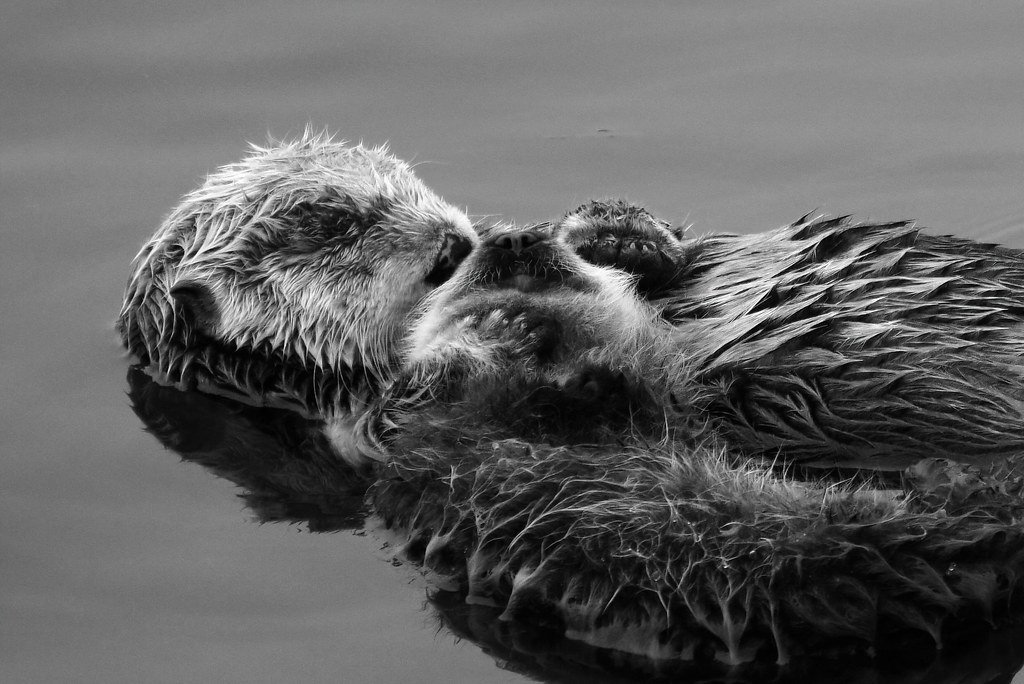
Here’s something that might blow your mind – the adorable sand cat doesn’t just survive scorching desert heat, but also handles freezing desert nights like a pro. These tiny cats experience temperature swings that would make your head spin, from over 100°F during the day to near freezing at night. Their incredibly dense fur on the bottom of their paws protects them from both burning sand and frozen ground. They’re so well-adapted to extreme conditions that they rarely need to drink water, getting moisture from their prey instead. Despite weighing only 3-8 pounds, they’re incredibly tough survivors.
Jungle Cat: The Unexpected Cold Warrior
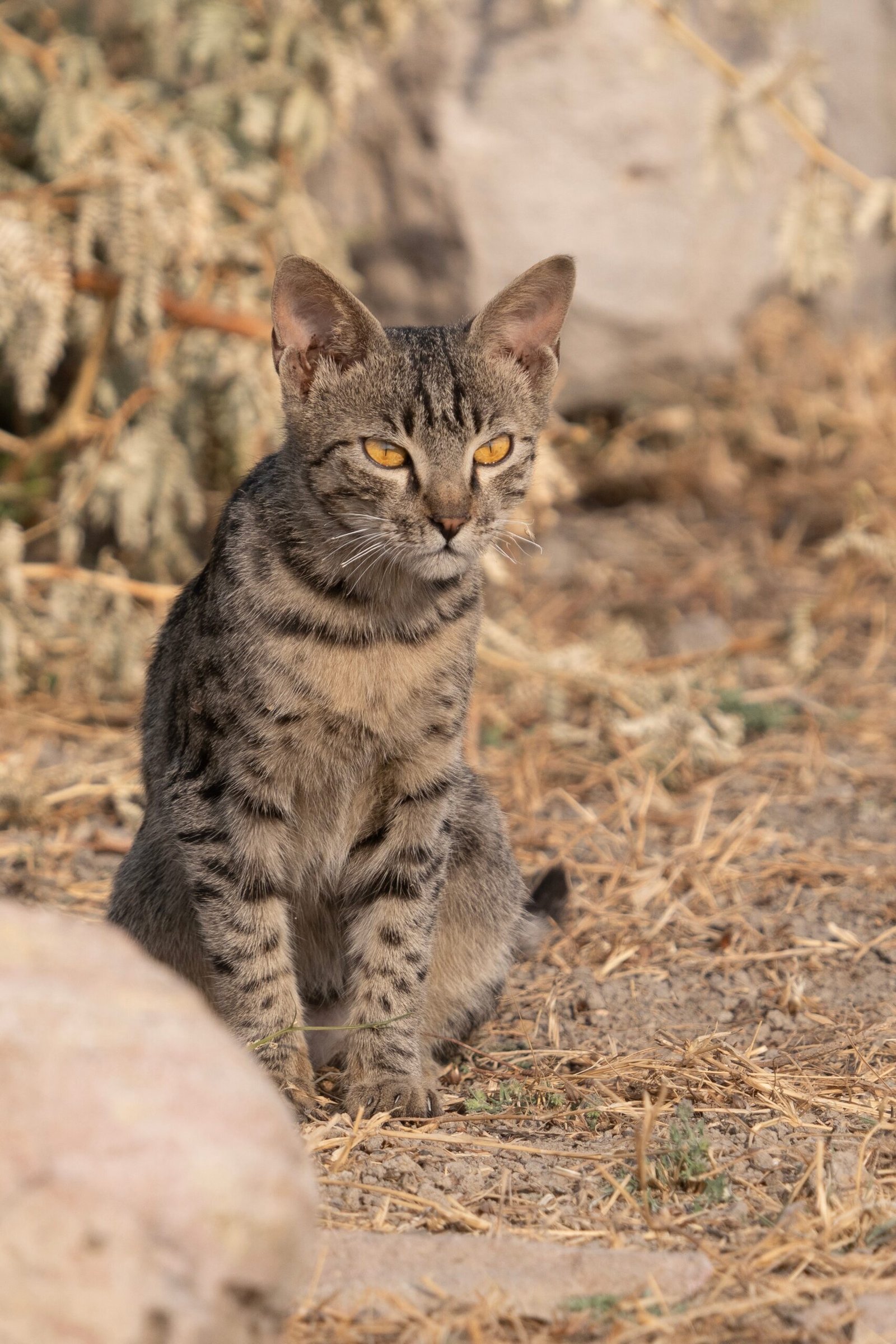
Don’t let the name fool you – jungle cats are surprisingly adaptable to cold climates and can be found in mountainous regions where snow is common. These medium-sized wild cats have longer legs than most felines, which helps them navigate through snow and marshy terrain. Their coat thickens dramatically in colder months, transforming from a light summer outfit to a heavy winter jacket. They’re excellent swimmers and have been observed hunting in partially frozen waterways. Their large ears help them locate prey moving beneath snow, making them effective winter hunters.
Wildcat: Europe’s Tough Survivor

The European wildcat looks like a domestic cat that hit the gym and decided to live in the wilderness full-time. These robust felines survive harsh mountain winters across Europe, from the Scottish Highlands to the Carpathian Mountains. Their thick, dense coat and stocky build make them perfectly suited for cold climates where domestic cats would struggle. They’re incredibly elusive, with some researchers spending years trying to photograph a single individual. These cats are so well-adapted to their environment that they can hunt effectively even during snowstorms, when visibility drops to almost zero.
What wild cat surprised you the most with their cold-weather survival skills?
Hi, I’m Bola, a passionate writer and creative strategist with a knack for crafting compelling content that educates, inspires, and connects. Over the years, I’ve honed my skills across various writing fields, including content creation, copywriting, online course development, and video scriptwriting.
When I’m not at my desk, you’ll find me exploring new ideas, reading books, or brainstorming creative ways to solve challenges. I believe that words have the power to transform, and I’m here to help you leverage that power for success.
Thanks for stopping by, Keep coming to this website to checkout new articles form me. You’d always love it!






